SUMMARY
This is AI generated summarization, which may have errors. For context, always refer to the full article.
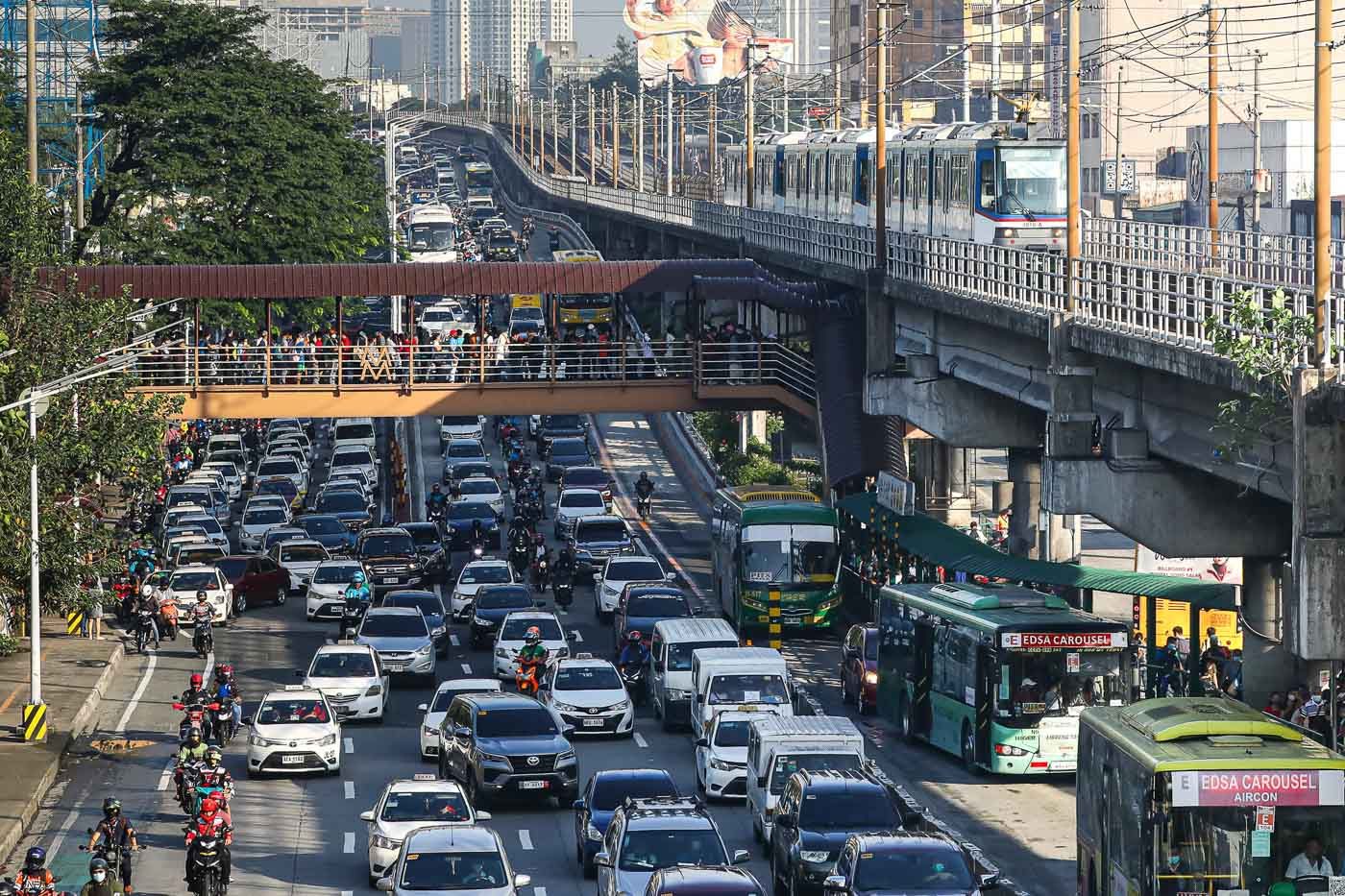
MANILA, Philippines – In 2022, more people felt poor in regions outside Metro Manila, especially in Mindanao, according to a Social Weather Stations (SWS) survey conducted in December 2022.
The 2022 Social Weather Stations (SWS) survey showed that while self-rated poverty was only 32% in Metro Manila, it was 17 points higher in balance Luzon at 49%, 26 points higher in the Visayas at 58%, and the highest in Mindanao at 59%.
During the SWS’ annual review held in Makati City on Tuesday, February 7, local governance expert Czarina Medina-Guce, a consultant at the Asian Development Bank and lecturer at Ateneo de Manila, said this was an alarming statistic.
“The self rated poverty, it’s about half everywhere, except for NCR, and when you go back to the slide, there’s a huge spike for balance Luzon,” Medina-Guce said.
The disparity persists despite the thrust of the previous administration, led by Rodrigo Duterte, to supposedly prioritize regions “neglected” by development. Duterte had often claimed that past administrations favored Metro Manila, leaving other regions trailing behind in terms of development.
In the survey, however, self-rated poverty continued to be highest in Duterte’s home region, Mindanao.

Aside from self-rated poverty, the SWS’ annual review looked at trends on various topics from news awareness, to political views, health, and the environment based on all four of its 2022 quarterly surveys.
“It’s not something we should be happy about when half the population everywhere else except NCR are poor,” Medina-Guce said.
The results were presented by SWS vice president Jay Sandoval, while Medina-Guce, economist and Rappler columnist JC Punongbayan, and veteran human rights lawyer Chel Diokno joined the panel of reactors.
Self-rated poverty has remained consistently higher in Mindanao and the Visayas since the SWS began its quality of life surveys in July 1985.
The threshold for self-rated poverty in the SWS survey was at P15,000 for the national average.
In Metro Manila, the median self-rated poverty threshold fell from P20,000 in October 2022 to P15,000 in December 2022.
In balance Luzon and Visayas, the median self-rated poverty threshold stayed at P15,000.
While in Mindanao, the median self-rated poverty threshold fell from P15,000 to P10,000 in the last quarter of 2022.
According to a 2022 World Bank report on inequality in the Philippines, while regional disparities have been easing over the past 30 years, “differences within and between some regions persist.”
Optimism due to low base
Despite tough economic conditions in the Philippines brought about by the global pandemic and other crises such as the war in Ukraine, Filipinos were generally optimistic and hopeful for 2022.
“When I saw this particular set, it’s always good to see improvements, but when your reference is the pandemic year, of course, everything is going to be happier from then on,” Medina-Guce said.
The SWS report said joblessness reached catastrophic levels of 46% in 2020 to 21.35% in December 2022.
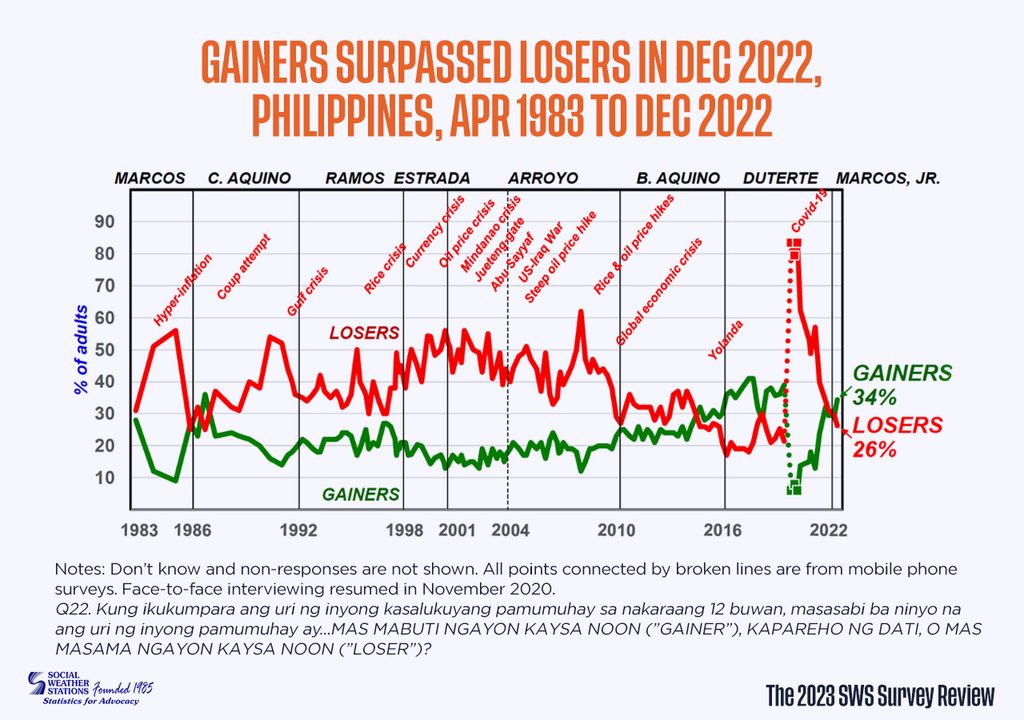
The full-year 2022 trends showed pessimism drastically declining by the end of 2021, when the COVID-19 vaccines were rolled out, and optimism sharply increasing throughout 2022, when lockdown restrictions were finally lifted in the Philippines.
By the end of 2022, the SWS found 34% of Filipinos felt like their quality of life improved, while 26% felt like their life got worse.
Meanwhile, Punongbayan echoed Medina-Guce’s observation that any level of improvement after the pandemic would be looked at positively, that the Philippine public should not use the pandemic as a basis for growth, even for economic performance.
“We’re coming from a low base, any growth coming from that would register as a high growth rate,” he said.
“Actually, some economists would like to look at another definition of recovery which is not just exceeding the pre-pandemic level of 2019, but going back to the trajectory we were tracing before the pandemic. And if you want the Philippine economy to recover by 2028, by the end of the Marcos administration, we should be seeing a growth rate of 9.4% rather than just a growth rate of 7%. In a way, that 7.6% growth we had last year is not enough for us to recover completely,” Punongbayan said. – Rappler.com
Add a comment
How does this make you feel?
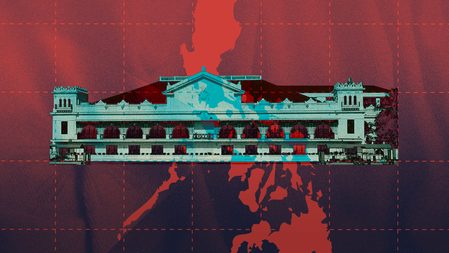

![[Rappler’s Best] US does propaganda? Of course.](https://www.rappler.com/tachyon/2024/06/US-does-propaganda-Of-course-june-17-2024.jpg?resize=257%2C257&crop=236px%2C0px%2C720px%2C720px)

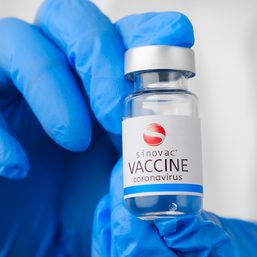




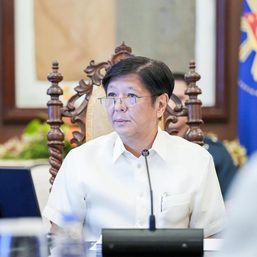
![[WATCH] #TheLeaderIWant: Filipino voters sound off on community issues a year before 2025 elections](https://www.rappler.com/tachyon/2024/05/filipino-voters-sound-off-on-community-issues-1.jpg?resize=257%2C257&crop=276px%2C0px%2C720px%2C720px)
![[OPINION] What’s the right thing to do?](https://www.rappler.com/tachyon/2024/02/imho-whats-the-right-thing-to-do-02242024.jpg?resize=257%2C257&crop=259px%2C0px%2C720px%2C720px)
![[New School] Kagat ng realidad](https://www.rappler.com/tachyon/2024/02/new-school-kagat-ng-realidad-feb-14-2024.jpg?resize=257%2C257&crop=318px%2C0px%2C720px%2C720px)
![[New School] UP DiliMall, dili mall! Hindi nilalako ang edukasyon](https://www.rappler.com/tachyon/2023/11/ns-dilimall.jpg?resize=257%2C257&crop=307px%2C0px%2C720px%2C720px)
![[OPINION] A win for the breadwinner](https://www.rappler.com/tachyon/2023/08/iSpeak-win-breadwinner-August-1-2023.jpeg?resize=257%2C257&crop_strategy=attention)
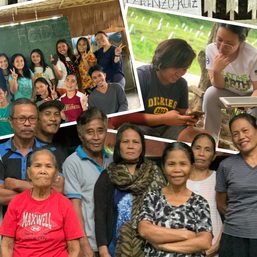



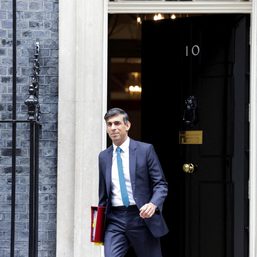

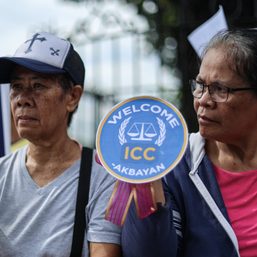
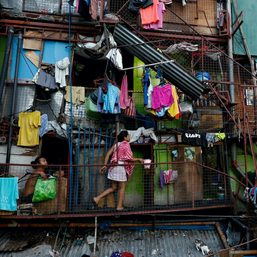
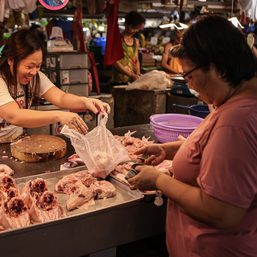
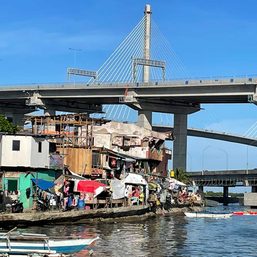
There are no comments yet. Add your comment to start the conversation.